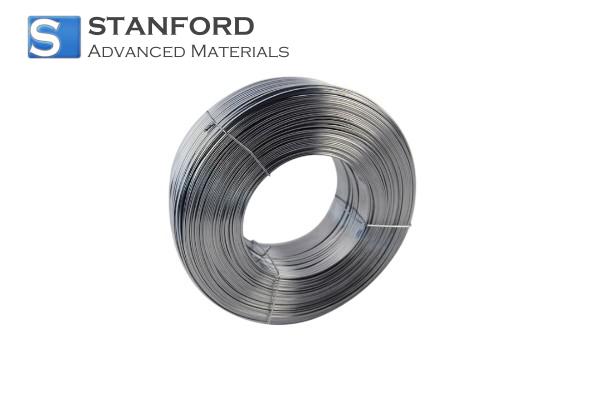- Products
- Categories
- Blog
- Podcast
- Application
- Document
ZN0993 Zinc Wire (Zn Wire)
| Catalog No. | ZN0993 |
| Size | dia. 0.5mm-5.0mm |
| Purity | Up to 99.995% |
| CAS Number | 7440-66-6 |
| Tap Density(g/cm3) | 7.14 |
| Shape | Wire |
| Melting Point | 419.53 °C |
High Purity Zinc Wire
Stanford Advanced Materials (SAM) offers high quality zinc wire (dia. from 0.5mm to 5.0mm) with competitive price.
Related products: Zinc / Aluminum Wire, zinc powder, zinc oxide powder (ZnO)
INQUIRY
Add to Inquiry List
Description
Specification
Technical Data Sheet
LATEST RECOMMENDED
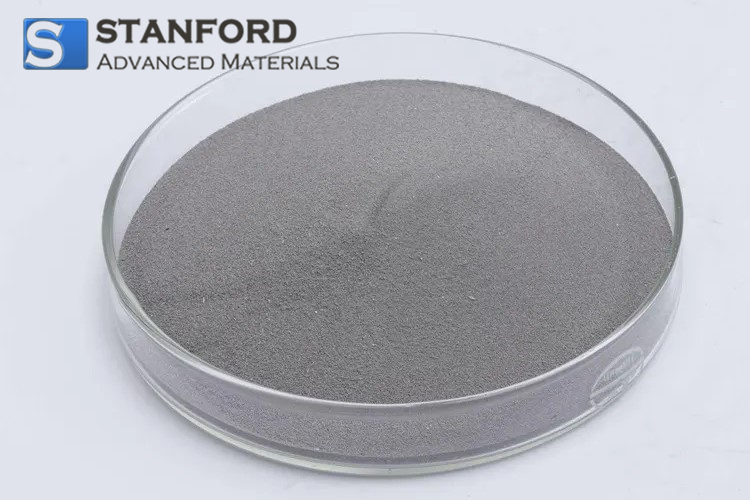
NN0271 Nano Zinc Powder (Zn Nanoparticles)
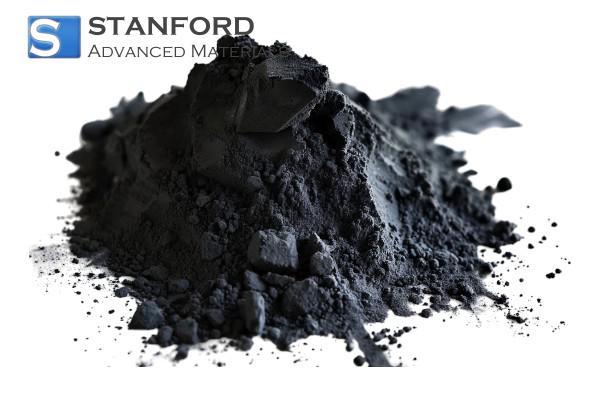
ZN0272 Micro Zinc Powder (Zn)
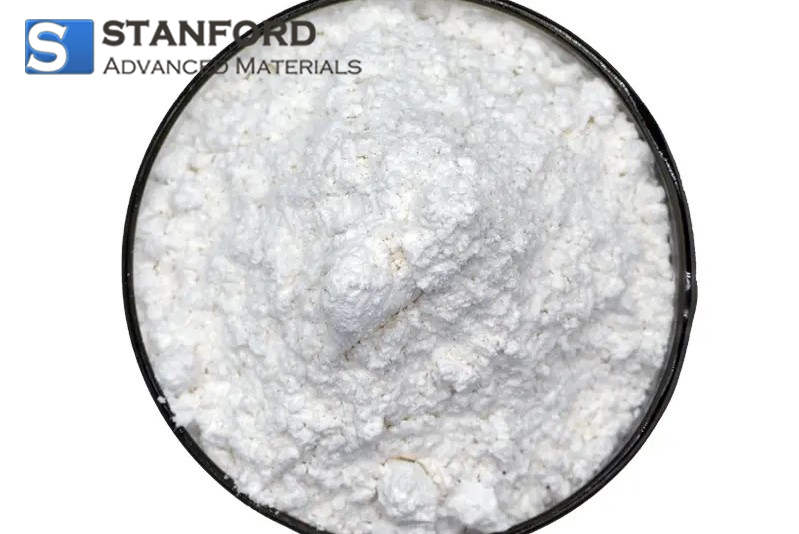
NN0289 Nano Zinc Peroxide (ZnO2) (CAS No. 1314-22-3)
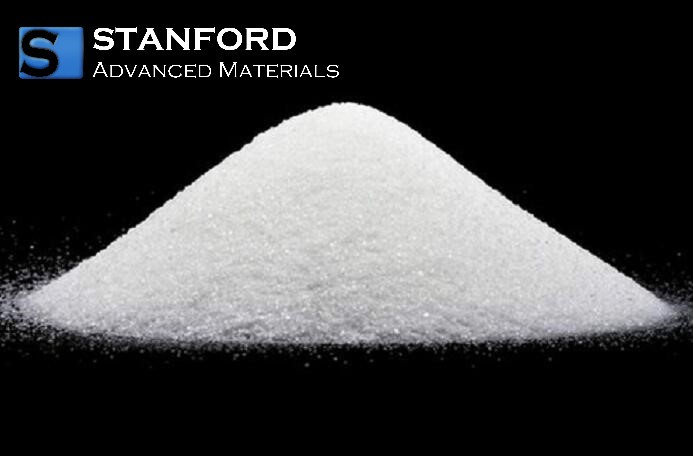
ZN0290 Micro Zinc Peroxide (ZnO2) (CAS No. 1314-22-3)
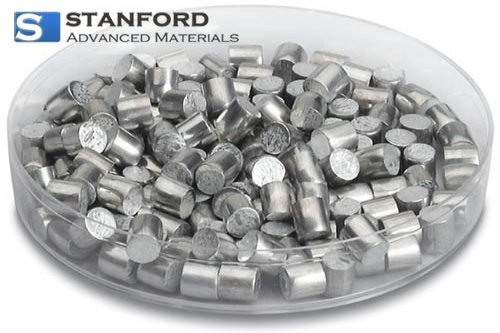
VD0591 Zinc (Zn) Evaporation Materials
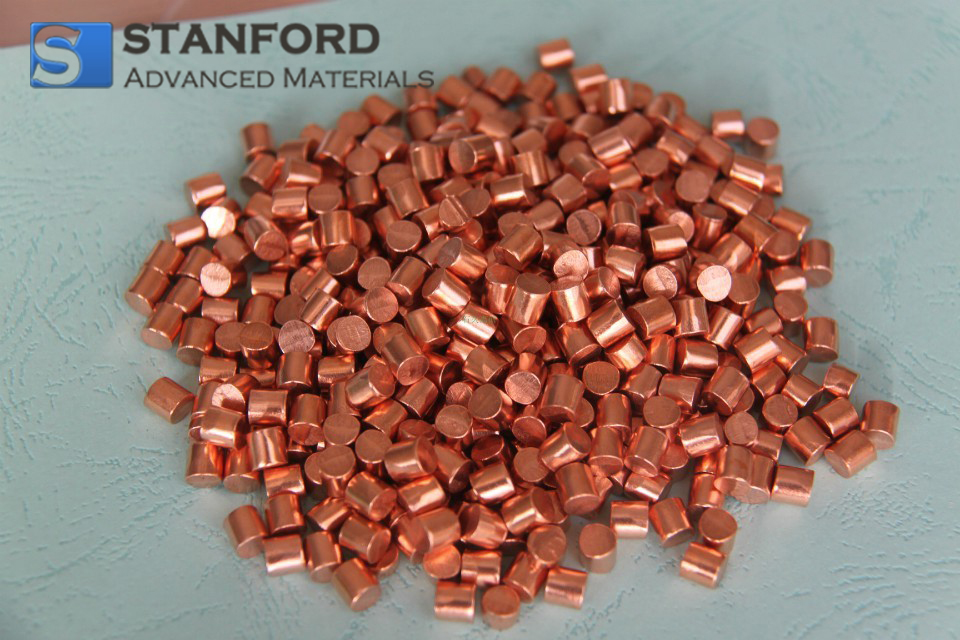
VD0625 Copper Zinc (Cu/Zn) Evaporation Materials
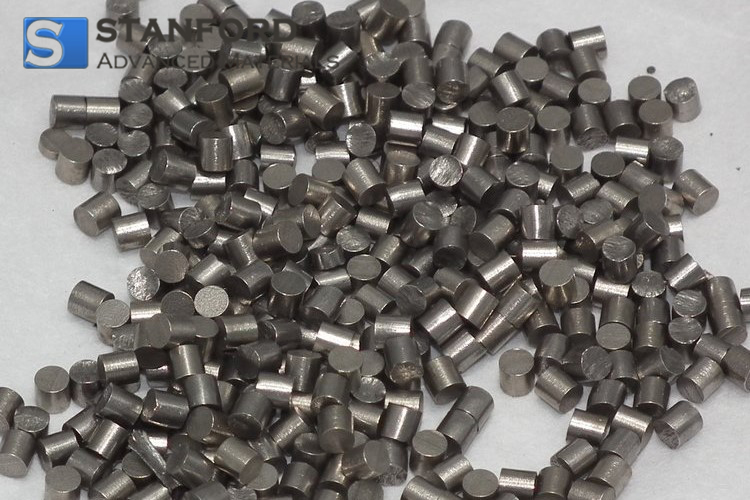
VD0648 Tin Zinc (Sn/Zn) Evaporation Materials

VD0660 Zinc Aluminum (Zn/Al) Evaporation Materials
GET A QUOTE
Send us an Inquiry now to find out more Information and the latest prices,thanks!

